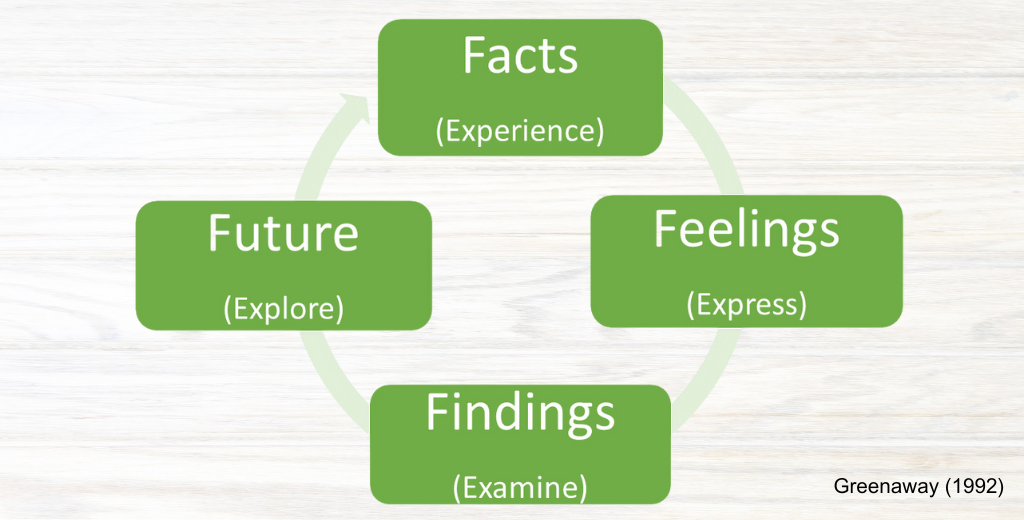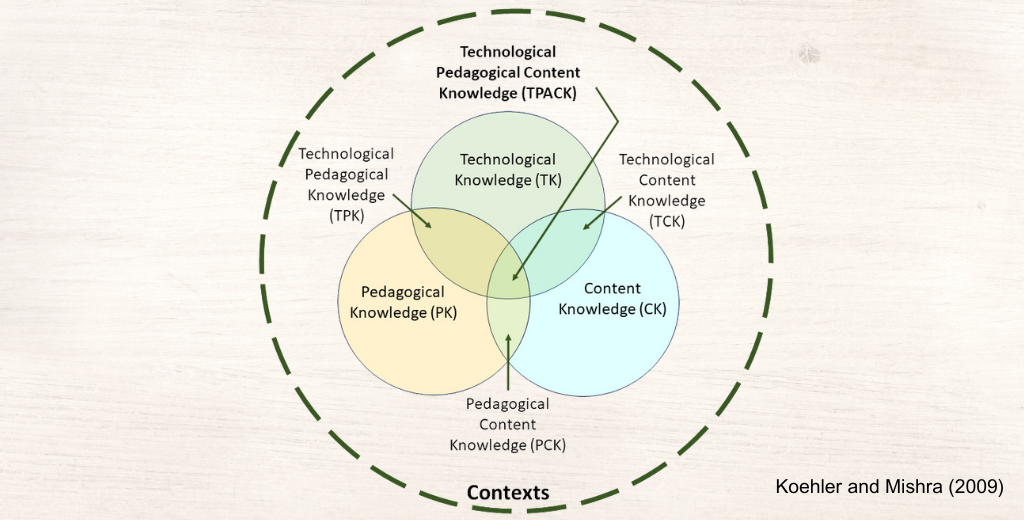
2023 September Issue
Practical Tools for Service-Learning (SL) and Pedagogy Design with Sharing of Educator and Students, a Series of 5 Session Workshop
To equip our graduate with knowledge across boundaries, be globally ready and make lifelong contributions to society, Credit-bearing Service-Learning (SL) courses is one of the major foci in the upcoming university policy and will be put into the compulsory undergraduate requirement1.
SL is an educational approach where a student learns theories in the classroom and at the same time volunteers with usually a non-profit or social service group and engages in reflection activities to deepen their understanding of what is being taught2. This pedagogy moves students beyond the classroom to become active participants in their learning and develop civic knowledge and skills3. Students work on a real need identified in their community and learn about their communities in the process3. In our earlier held workshop, Classroom in Community and Service-Learning Course Design, Mr. Kon Chi Wong (Chi Sir), our part-time lecturer, illustrates the relationship between service and learning through a matrix. According to the weight of service and learning, four modes of SL are derived3 with detailed explanation. Chi Sir also introduced the concept of taking the community as the classroom of practising SL. Please click here to learn more.
Theories, practices, and reflection are key elements of SL. Students learn more about the community and themselves while fulfilling a need in the community and meeting classroom or degree requirements2. Second video, Workshop 1B: Reflection Tools and Tips of Service-Learning, introduced various ways and angles of reflection for teacher’s reference. Chi Sir identified three elements of reflection, i.e. format, timing and engaging, put them into three axes and combine in the form of a cube, named Cube of Debriefing. Each of the element has various expression and level. Besides, Chi Sir also introduced 4F, a model can be used to think and reflect on a situation and can help to structure written reflections4. The first F represent Facts. It refers to the experience and “What happened?”5. The second F means Feelings, which is the recognition of senses and emotions aroused5. Be very cautious that Facts do not turn into opinions, and do not use Feelings as a judgement4. The third F, Findings, is more analytical and rational. Teacher and students could start to investigate and interpret the experience to find meanings and make judgements4. The findings could be further considered for preparation and implementation in the future4, 5. Chi Sir suggests teachers to use 4F when giving feedback, such as a concrete recognition (finding) and the direction of future planning and development (future). He suggested students to use 4F as questioning angles in reflection since it is a tool to show the depth of learning or an experiential learning cycle. The explanation of tools mentioned above are embedded in in-workshop exercise with plenty of interaction with and between participants. Please click here to learn more.

Pandemic had made online teaching a new normal. Poll Everywhere, Padlet, and Emojily are tools recommended in the third video, Workshop 2A: Building Interaction Using e-Learning & Teaching Strategies. Teacher could use them alternately, taking the features as supplement of other tools. More than using online tools as substitution of traditional tools, Wong introduced SAMR, a model illustrates the path of using technology from substitution to redefinition. The goal of SAMR suggests infusing technology into teaching and learning6. Please click here to learn more.
In the fourth video, Workshop 2B: Virtual Service-Learning during the Pandemic (I. Virtual Service-Learning), Chi Sir shared how he infuses technology in his SL courses to inspire student’s design and reflection of their service. To help integrating technology into teaching7, Chi Sir introduced Technological Pedagogical Content Knowledge (TPACK), a framework that includes technology knowledge as situated within content and pedagogical knowledge8. TPACK (pronounced “tee-pack”) is a rename of acronym TPCK for the purpose of making it easier to remember and to form a more integrated whole for the three kinds of knowledge addressed: technology, pedagogy, and content8. Technology knowledge (TK) refers to the knowledge about various technologies, ranging from low-tech technologies to digital technologies8. Content knowledge (CK) is the “knowledge about actual subject matter that is to be learned or taught”8. Pedagogical knowledge (PK) refers to the methods and processes of teaching, which applies to understanding how students learn, general classroom management skills, lesson planning, and student assessment8,9. With TPACK, teacher could see how technology integrate with content and pedagogy10. The three kinds of knowledge from a triangular relation8 that content and pedagogy must form the foundation, and technology is not something to be added at the end of the course design process10. Please click here to learn more.

In the last video, Workshop 2B: Virtual Service-Learning during the Pandemic (II. Students Sharing), a student from The Nethersole School of Nursing and a student from Faculty of Medicine shared their personal view of gain and suggestion. They mentioned service continuation and how the grouping of students with difference expectation affect each other’s gain from SL, which worth participants a deeper thinking. Please click here for their sharing.
We hold workshops of different topic from time to time, offering practical tips and an instant response chance. If you have any thoughts and needs, “TELL us more” through the button at the bottom of the newsletter or click here. To learn more about SL, please click here to visit our website. More support from us is on the way. See you in the next issue!
- The Chinese University of Hong Kong. (2021). Education: Meeting the challenges of tomorrow. Retrieved from https://www.cuhk.edu.hk/strategicplan/cuhk2025/education.html
- Elmhurst University (2019) What is service learning? Retrieved from https://www.elmhurst.edu/blog/what-is-service-learning/
- Furco, A. (1996). Service-learning: A balanced approach to experiential education. Expanding Boundaries: Serving and Learning, 1, 1-6.
- Greenaway, R. (1992). Reviewing by doing. Journal of Adventure Education and Outdoor Leadership, 9, 2, 21-25.
- The University of Edinburgh. (2018). The four F’s of active reviewing. Retrieved from https://www.ed.ac.uk/reflection/reflectors-toolkit/reflecting-on-experience/four-f#:~:text=Facts%3A%20An%20objective%20account%20of,use%20it%20in%20the%20future
- Bentonville Schools (n. d.) SAMR model & TPACK. Retrieved from https://1to1.bentonvillek12.org/samr-model-tpack
- Goradia, T. (2018). Role of educational technologies utilizing the TPACK framework and 21st century pedagogies: Academics’ perspectives. IAFOR Journal of Education, 6, 3, 43-61.
- Schmidt D. A., Baran E., Thompson A. D., Mishra P., Koehler M. J. and Shin T.S. (2009). Technological Pedagogical Content Knowledge (TPACK): The Development and Validation of an Assessment Instrument for Preservice Teachers. Journal of Research on Technology in Education. 42, 2, 123-149.
- Koehler M. J. and Mishra P. (2009). What is technological pedagogical content knowledge? Contemporary Issues in Technology and Teacher Education, 9, 1, 60-70.
- Standford University. (n.d.). Technology Integration Framework. Retrieved from https://teachingcommons.stanford.edu/teaching-guides/foundations-course-design/theory-practice/technology-integration-framework
